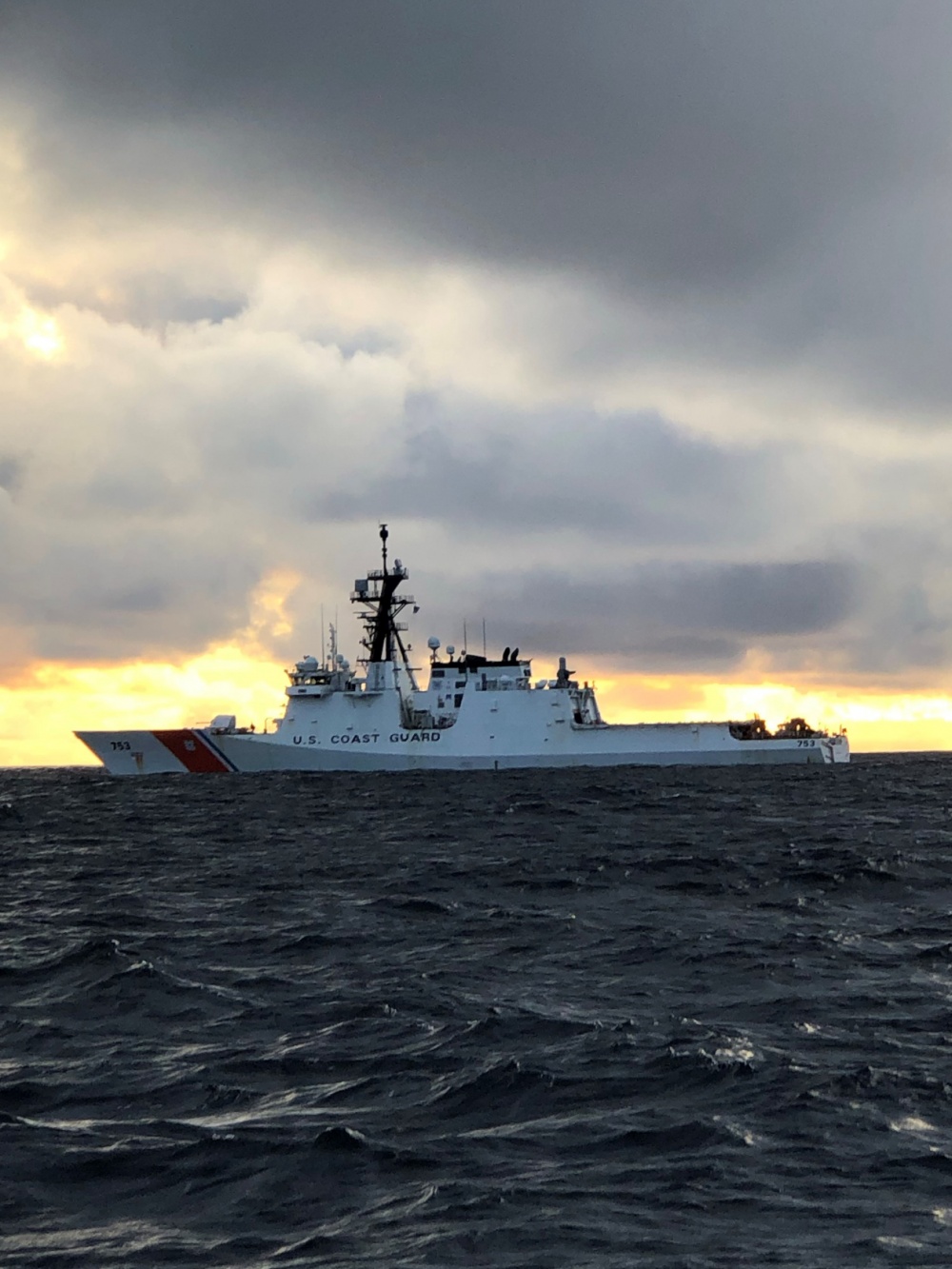Coast Guard members assigned to cutters received a pay increase in October 2020. For the first time in 20 years, sea pay increased by $55 per month for afloat assignments. In addition to this pay increase, the Office of Cutter Forces updated the tiered sea pay table to reflect the nature of duty aboard cutters.
“It took a full court press to make this happen,” said Lt. Cmdr. Keith Blevins, the Afloat Workforce Recruitment and Retention Manager in the Office of Cutter Forces. “We used a multitude of sources including a RAND study, a junior afloat officer survey…, and a follow-on analysis in partnership with a cohort at Boise State University…to get the quantitative data needed to make this change an organizational priority.”
This strategic, multi-year effort analyzed many factors that make up life aboard cutters to include: time underway, maintenance requirements, living quarters arrangements, and nature of missions.
Prior to this change, the sea pay budget was approximately $22 million annually for 8,900 members who are assigned to cutters. This increase provides an additional $6 million, which is more than a 25% increase to the sea duty pay account.
“We understand that an extra $55 dollars per month certainly isn't life-changing, but the significant budgetary commitment it is a testament to how the service values its cuttermen,” said Lt. Cmdr. Paul Ledbetter with the Office of Cutter Forces.
The Coast Guard sea pay model differs from other sea-going military service branches. “Other services have a rate for sea pay that increases with sea time, but it doe s not vary between platforms or mission areas,” explained Blevins. “Our tiered approach takes into consideration a variety of factors designed to reward those who go to sea and incentivize them to come back.”
s not vary between platforms or mission areas,” explained Blevins. “Our tiered approach takes into consideration a variety of factors designed to reward those who go to sea and incentivize them to come back.”
The analyses on sea-going missions provided insight into these three factors. The studies found that the 270-foot medium endurance cutters had more days away from homeport than any other class of cutter for the period reviewed. Further, most 270-foot cutters are over 30 years old. While the work may be similar to the National Security Cutters (NSC), the living quarters and maintenance requirements are vastly different on the 270-foot cutters.
 As a result, the 270-foot medium endurance cutters were assigned to a tier five on the sea pay table which is the highest tier. This change was made to ensure those members working aboard the 270-foot medium endurance cutters are appropriately compensated.
As a result, the 270-foot medium endurance cutters were assigned to a tier five on the sea pay table which is the highest tier. This change was made to ensure those members working aboard the 270-foot medium endurance cutters are appropriately compensated.
During patrols in the eastern pacific, cutters are conducting law enforcement missions, drug seizures, and migrant interdiction on a variety of vessels. The increase in sea pay is important because all members assigned to cutters receive the increase. The updated considerations ensure that all members aboard ships receive additional compensation.
“Cutter Forces will continue to advocate for future increases to adjust for inflation,” said Blevins. “However, we are pleased to see this $55 increase and hope the members feel their time at sea is valued.”